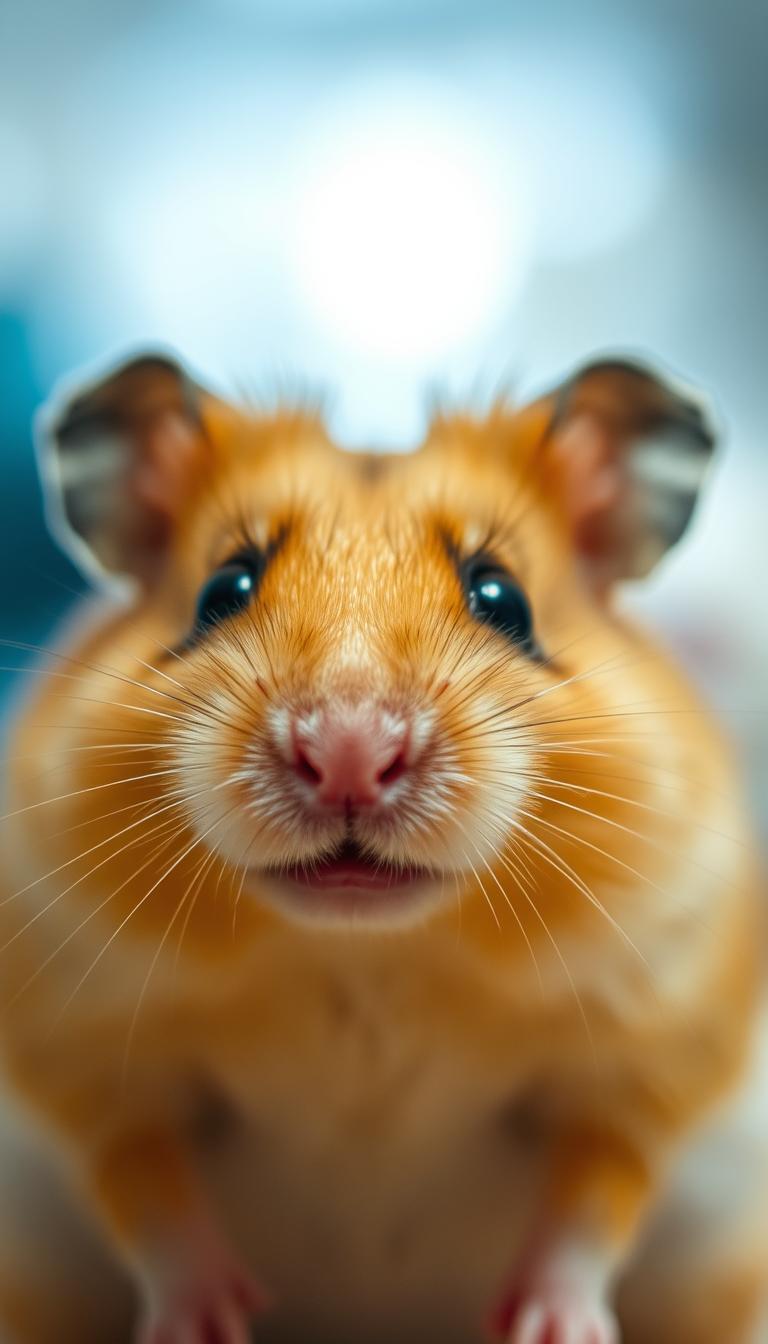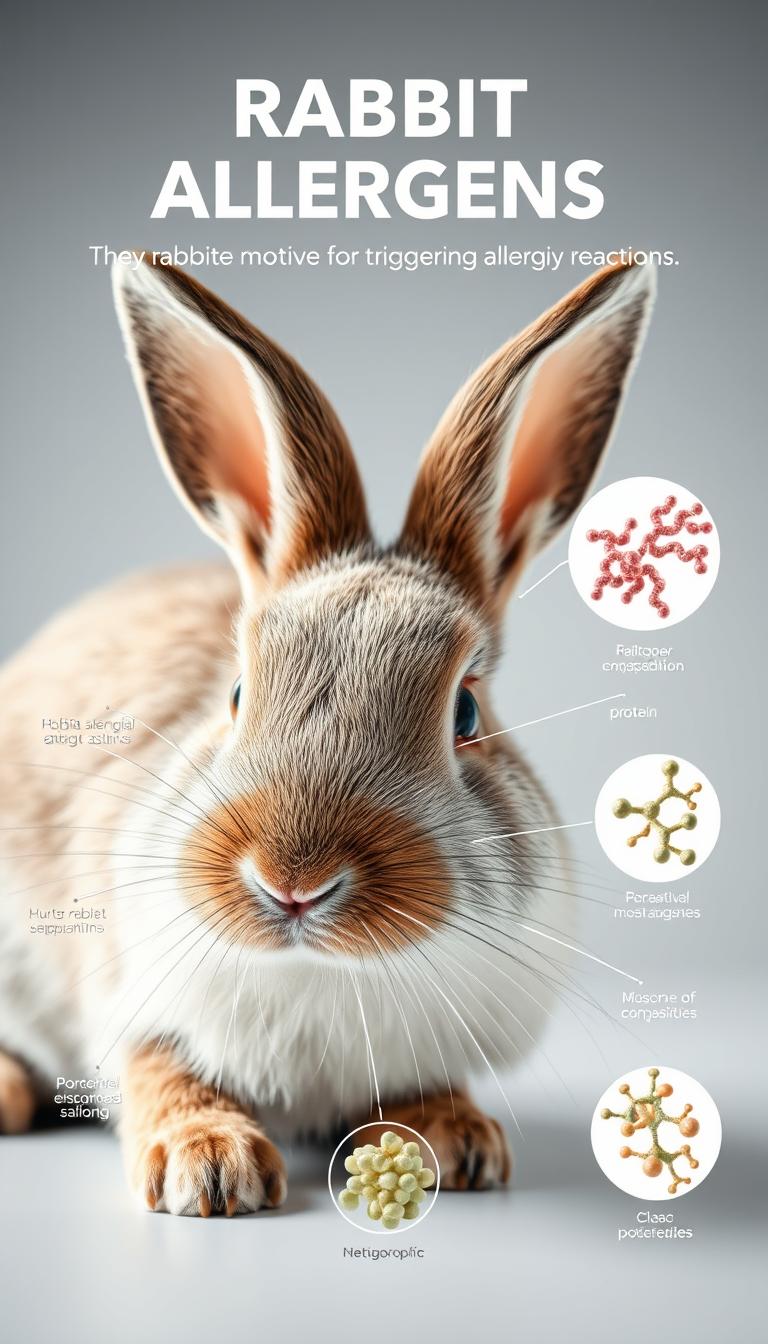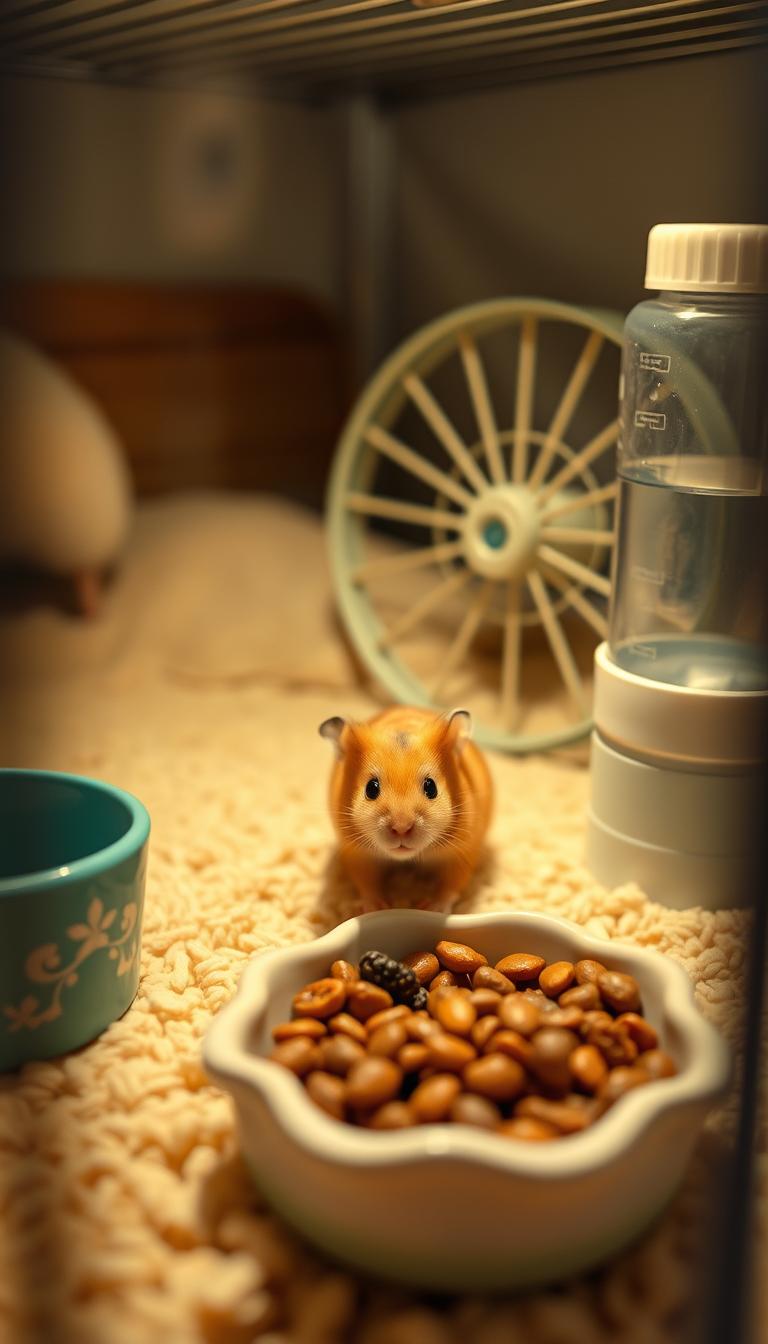Your tiny companion’s behavior might hold more meaning than you realize. Recent studies reveal that small animals like hamsters display emotional complexity once thought reserved for larger pets. Research published in Royal Society Open Science shows these creatures experience optimism, sadness, and even depression—emotions directly shaped by their surroundings.
A groundbreaking experiment with Syrian hamsters demonstrated how environment impacts mood. When given extra bedding and enrichment items, they showed brighter outlooks in decision-making tasks. But removing these comforts triggered a noticeable shift toward negative states—proving their feelings are far from simple.
What does this mean for you? Recognizing your pet’s emotional needs transforms caregiving. Simple changes like enriching their habitat with toys or cozy spaces can boost well-being. Your actions directly shape their happiness, turning routine care into meaningful companionship.
By tuning into these subtle cues, you’ll create a life that nurtures both physical health and emotional richness. After all, every whisker twitch or burrow-building session tells a story—one you’re now equipped to understand.
Table of Contents
Understanding Your Hamster’s Emotional World
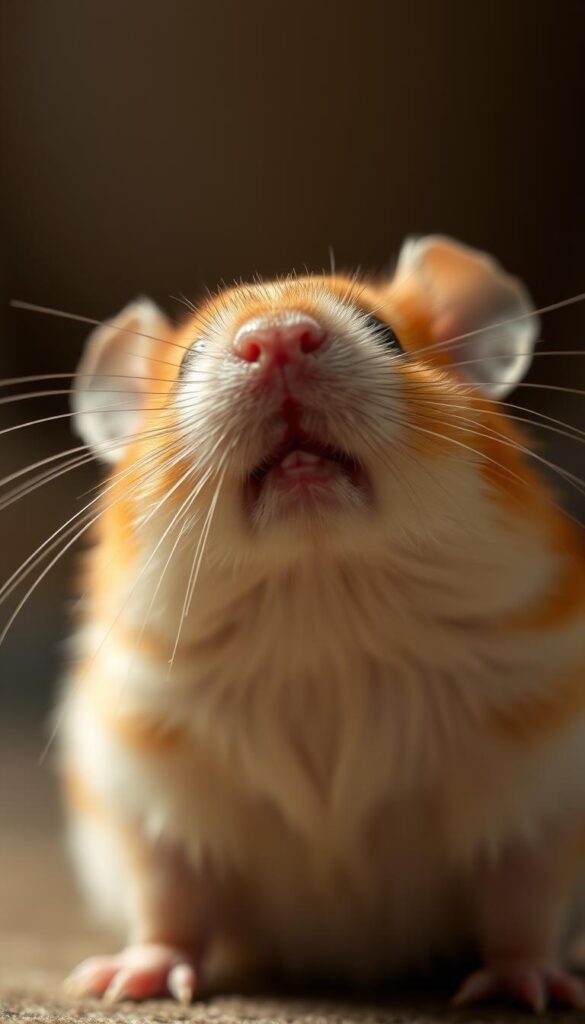
Scientists have uncovered surprising depth in how small pets process their surroundings. Through innovative experiments, they’ve proven that your furry friend’s reactions mirror patterns seen in larger animals—a revelation reshaping pet care standards.
What Science Reveals About Feelings
Breakthrough studies use judgment bias tests to decode emotional states. In these trials, pets learn to associate specific drink stations with rewards or bitter tastes. Those in enriched spaces approached ambiguous choices confidently, while others hesitated—a clear sign of optimism versus pessimism.
This research highlights how environment shapes decision-making. Your pet’s living conditions don’t just affect comfort—they alter brain chemistry. A cozy habitat setup can literally brighten their outlook.
Spotting Hidden Mood Clues
Watch for subtle shifts in daily habits. Does your companion pause before exploring new toys? That split-second delay might signal uncertainty. Frequent burrowing or sudden stillness could reflect stress or contentment.
These cues matter because they’re tied to emotional well-being. By noticing patterns, you’ll learn whether adjustments are needed. Your observations become tools for creating a supportive space where curiosity thrives.
The Impact of Habitat on Your Hamster’s State
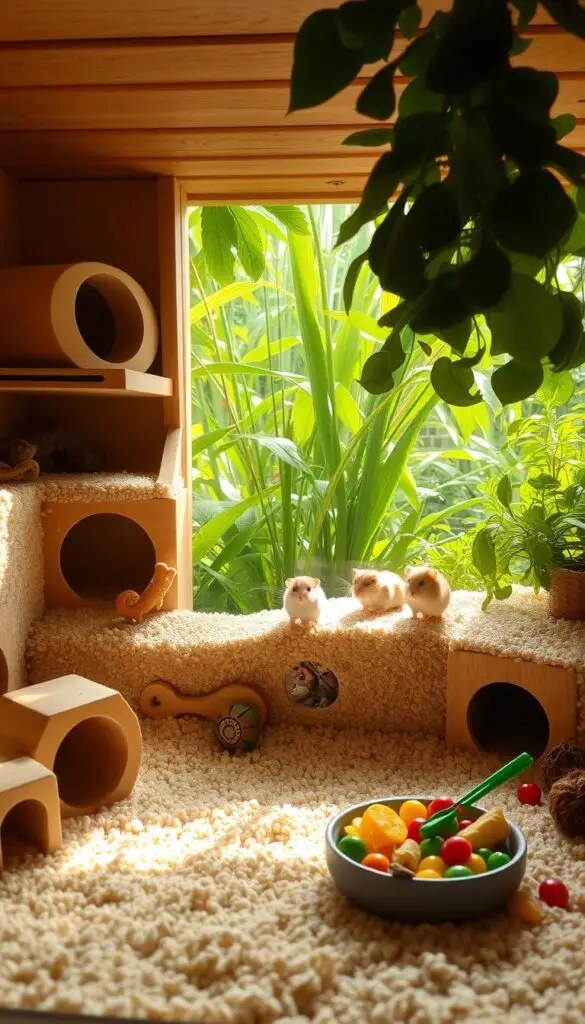
Your pet’s living space acts as their emotional blueprint. Studies show cage design directly shapes whether they approach life with curiosity or retreat into stress. Simple upgrades transform basic housing into a wellness sanctuary that sparks joy through exploration.
Benefits of Enriched Environments
Extra space and textures boost mental health. Research found pets in cages with multi-level platforms made 40% more optimistic choices during tests. Soft bedding like aspen shavings reduces anxiety—safe bedding alternatives matter more than you think.
| Features | Basic Setup | Enriched Setup |
|---|---|---|
| Bedding Depth | 1-2 inches | 4+ inches for burrowing |
| Floor Space | 24×12 inches | 30×15 inches minimum |
| Toys & Structures | 1-2 items | Rotating selection weekly |
Designing a Cozy Cage for Better Welfare
Think vertical! Add climbing ledges and hanging chew toys. Syrian breeds thrive in 20-gallon tanks with ventilation grates. Always include hideouts on multiple levels—terracotta pots work perfectly.
Change one element weekly to maintain interest. A new tunnel here, fresh herbs there. Variety prevents boredom while satisfying natural instincts. Pair these changes with clean water access and watch confidence bloom.
Are Hamsters Emotional: Insights from Research
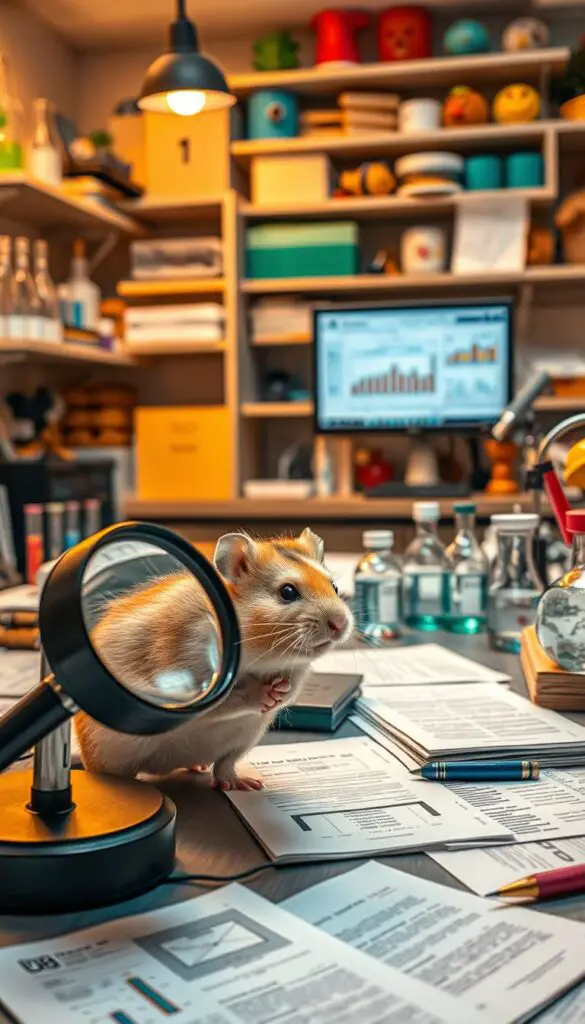
New evidence from labs proves pets have rich emotional states. A landmark study with 30 Syrian companions trained them to recognize drink stations offering sugar water or bitter solutions. When faced with unclear choices, their reactions revealed surprising depth.
Key Findings from Laboratory Studies
Researchers observed distinct patterns during ambiguous tests. Pets in enriched habitats approached unknown tubes 68% more often than those in bare cages. This optimistic bias vanished when comforts were removed—their hesitation mirrored stress behaviors seen in depressed animals.
| Test Scenario | Enriched Habitat Response | Reduced Enrichment Response |
|---|---|---|
| Approach Rate | Quick, confident moves | Delayed or avoided |
| Decision Speed | 2.3 seconds average | 8.1 seconds average |
| Stress Indicators | 12% observed | 79% observed |
These numbers show how environment shapes decision-making. Your pet’s living conditions don’t just affect comfort—they alter brain chemistry. A well-designed habitat reduces negative bias by 54%, according to the data.
Use these insights to spot emotional shifts. Does your companion freeze near new objects? That hesitation might signal environmental stress. Simple upgrades like deeper bedding or puzzle feeders can reignite their curiosity.
Decoding Your Hamster’s Body Language
Every twitch and posture tells a story about your companion’s inner world. While they can’t speak, their movements reveal joy, stress, or curiosity through clear physical cues. Learning these signals helps you respond to their needs effectively.
Positive Behaviors and What They Mean
Watch for relaxed stretching sessions—when your pet extends their paws and yawns, it shows complete comfort. This behavior often follows playtime or treats, signaling trust in their environment. Another happy sign? Sitting upright with ears perked forward. They’re gathering information, showing healthy engagement with their surroundings.
Leaping bursts and meticulous grooming sessions also indicate contentment. These actions only occur when they feel safe, making them reliable markers of emotional well-being. If you spot these regularly, you’re likely providing excellent care.
Warning Signs and Stress Indicators
Repetitive pacing or bar-chewing demands immediate attention. These patterns often stem from boredom or anxiety, especially in undersized habitats. Overgrown teeth might also cause bar-gnawing, so check their dental health if this persists.
Sudden freezing or flattened ears suggest discomfort. While brief pauses are normal during exploration, prolonged stillness could mean fear. Pair these observations with cage upgrades—like adding tunnels or rotating toys—to ease tension. Timely adjustments prevent minor stress from becoming chronic.
Practical Tips for Enhancing Your Hamster’s Environment
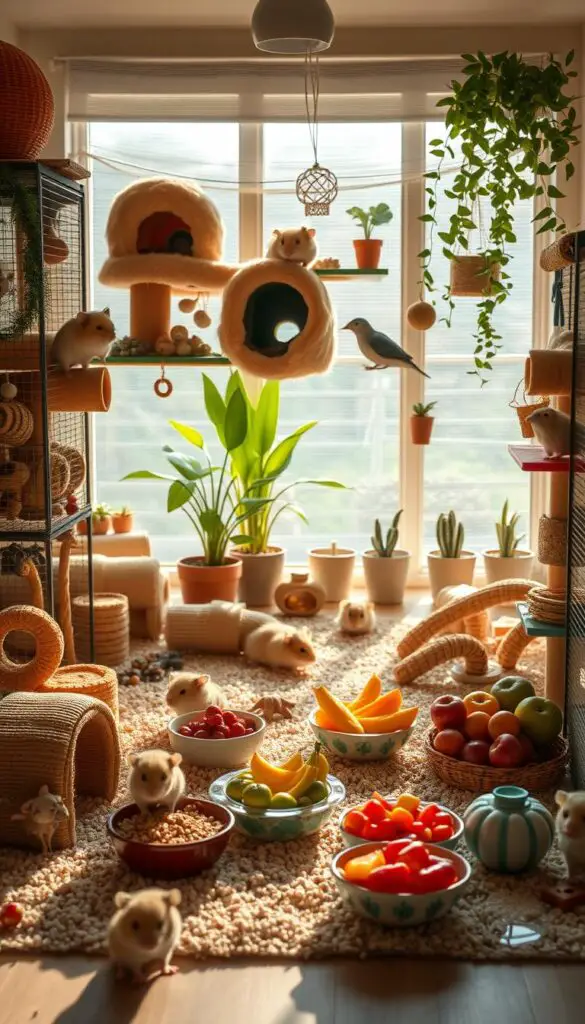
Transform your pet’s cage into an adventure playground with smart upgrades. Strategic additions spark natural behaviors while keeping their world fresh and engaging.
Enrichment Ideas for a Happier Pet
Start with vertical exploration. Add hammocks between cage corners and wooden ledges on different levels. These climbing spots satisfy their instinct to survey territory from above. Rotate positions weekly to maintain novelty without overwhelming your furry friend.
Cardboard tubes become instant tunnels. Save empty toilet paper rolls for DIY mazes that encourage burrowing and hide-and-seek games. Pair these with chew toys made from applewood or loofah—they’ll gnaw happily while keeping teeth trim.
Nesting materials work double duty. Scatter torn paper towels across the cage floor. Your companion will gather pieces to construct cozy sleeping nooks, mimicking wild behaviors. For added fun, hide treats inside folded napkins.
Never underestimate the wheel. Choose a silent spinner large enough for comfortable running—Syrian breeds need 8-12 inch diameters. Combine this with fresh water in a leak-proof bottle, and you’ve covered essential needs while boosting mental stimulation.
Remember: variety prevents boredom. Swap out two toys weekly and introduce new textures like seagrass mats. Watch how different items spark curiosity—you’ll quickly learn their favorites!
Other Factors Influencing Your Hamster’s Mood
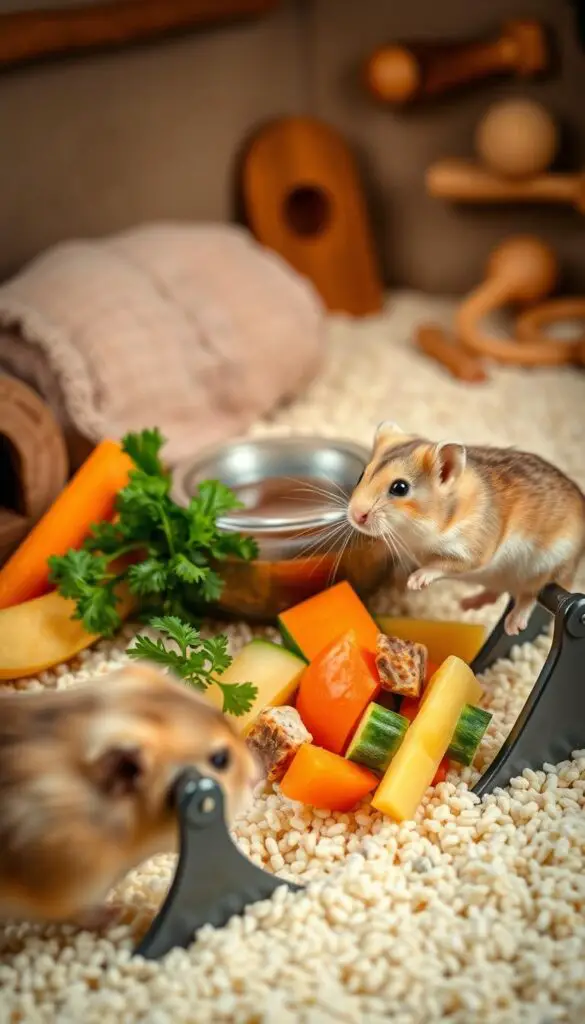
Your furry friend’s daily experiences shape their happiness in ways you might not expect. Beyond their habitat setup, everyday choices about care routines create ripple effects in their emotional world.
Nutrition, Exercise, and Routine Considerations
What goes into their food bowl matters more than portion size. A balanced diet of commercial mixes and fresh snacks like carrot slices or blueberries stabilizes energy levels. Avoid sugary treats—they cause crashes that mimic mood swings in humans.
Respect their night-time habits. Waking them during daylight hours disrupts natural cycles, leading to grumpy behavior. Instead, schedule play sessions after dusk using escape-proof playpens. This aligns with their biological clock while keeping them safe.
Consistency builds trust. Feed them at the same times daily and maintain regular cage cleanings. Sudden changes in routine trigger stress—like rearranging furniture without warning. Pair stability with weekly enrichment swaps to balance predictability with novelty.
Watch environmental factors closely:
- Keep temperatures between 65-75°F
- Use soft lighting during active hours
- Place cages away from loud appliances or other pets’ living spaces
Wellness checks prevent small issues from becoming big problems. Dull eyes or matted fur often signal health concerns. Partner with a veterinarian who specializes in small animals—they’ll spot subtle changes you might miss.
Wrapping Up Your Hamster’s Emotional Journey
You’ve uncovered a hidden dimension of caregiving through recent discoveries. Studies confirm what attentive owners sense—these small companions experience nuanced feelings shaped by daily interactions. Their world brims with curiosity and caution, joy and stress, all expressed through subtle physical cues.
Your awareness transforms routine care into emotional support. Simple choices—like rotating cage toys or offering nutrient-rich snacks—build trust and contentment. Watch how deeper bedding sparks energetic digging sessions, or how a new tunnel becomes their favorite探险 spot.
This knowledge carries weight beyond your home. Laboratory findings about environmental impacts apply to all small animals in human care. By prioritizing enrichment and respectful handling, you join a movement raising welfare standards for pets everywhere.
Every upgrade you make tells your furry friend they’re understood. That silent conversation—where actions replace words—creates bonds stronger than any cage bar. Keep observing, adapting, and celebrating their unique personality. Together, you’re rewriting what it means to care for pocket-sized companions.

